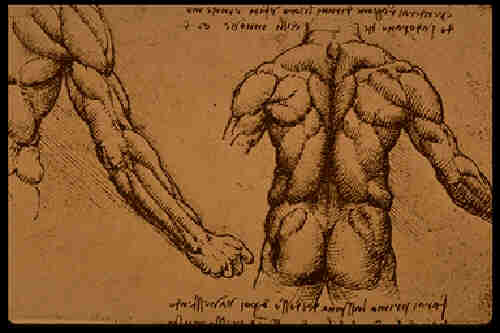

Theory of Spectatorship
THR221 Intermediate Acting

GeoAlaska: Theatre & Film


biomechanics.vtheatre.net
Spring 2003: Don Juan

film books

virtual theatre

ShowCases: 3 Sisters, Mikado, 12th Night, Hamlet, The Importance of Being Earnest, Dangerous Liaisons, Don Juan


BM title
Organization of the book : SYNOPSIS
Everything has it, the structure. Remember Aristotle? Role has it, every good show has it... At least, should have.
Actors on Acting 051788478XSubscribe to my Open Class @ 12night

2003 * THR221 Intermediate Acting : new pages in BM+ @ biomechanics.vtheatre.net *
Summary
The performer’s discipline was further dissected and tested by Meyerhold’s insistence on breaking down every instant of an individual’s performance to ensure that the instant has no superfluous elements, and adds to the objectives of the piece."The co-ordinated manifestations of excitability together constitute the actor’s performance. Each separate manifestation comprises of an acting cycle [element of excitement].
Each acting cycle comprises three invariable stages :
Intention
Realisation
Reaction
The intention is the intellectual assimilation of a task prescribed externally by the dramatist, the director, or the initiative of the performer.
The realisation is the cycle of volitional1, mimetic2 and vocal reflexes.
The reaction is the attenuation of the volitional reflex as it is realised mimetically and vocally in preparation for the reception of a new intention (the transition to a new acting cycle)…"
1 The term ‘feelings’ is used in the strictly technical sense with no loose, sentimental connotation. The same applies to ‘volitional.’ The word is used on the one hand the ‘inspirational’ method of acting (and the systematic use of narcotic stimulants ), and on the other the method of ‘authentic emotions’ (the hypnotic conditioning of the imagination)…
2 ‘Mimetic reflexes’ comprise all the movements performed by the separate parts of the actor’s body and the movements of the entire body in space. [Meyerhold’s notes]." [Meyerhold, 1922] filmact.txt No physicalization = no visualization. I see nothing. I see nothing = I do not understand what you mean. I don't understand = you don't understand. You don't understand = you are not interested to know. You are not interested = why should I be interested?
Questions
No questions = no answers. No, seriously, if you have questions, read Brecht page or Intro to BM I. BM Acting or Episodic Acting (I resist to call it "epic" acting) is connected with Epic Theatre and Constructivist Theatre, of course. Meyerhold wanted to master the "aesthetics of the machine" (Taylor).Homework
Try Hamlet, a good script (showcase for Stagematrix: Directors.Direct)Notes
I need to READ your mind! You make invisible and secret into SPECTACLE! This is what I pay for!Director's notes. Read, read the Book of Spectator!
[ see biomechanics.vtheatre.net (new) ]

2004 & After
Prop and BM: structuring action.

One Act Fest

 2009 LUL
2009 LUL
 & thr blog
& thr blog
 biomechanics [ Encyclopedia Britannica Article ]
biomechanics [ Encyclopedia Britannica Article ]



